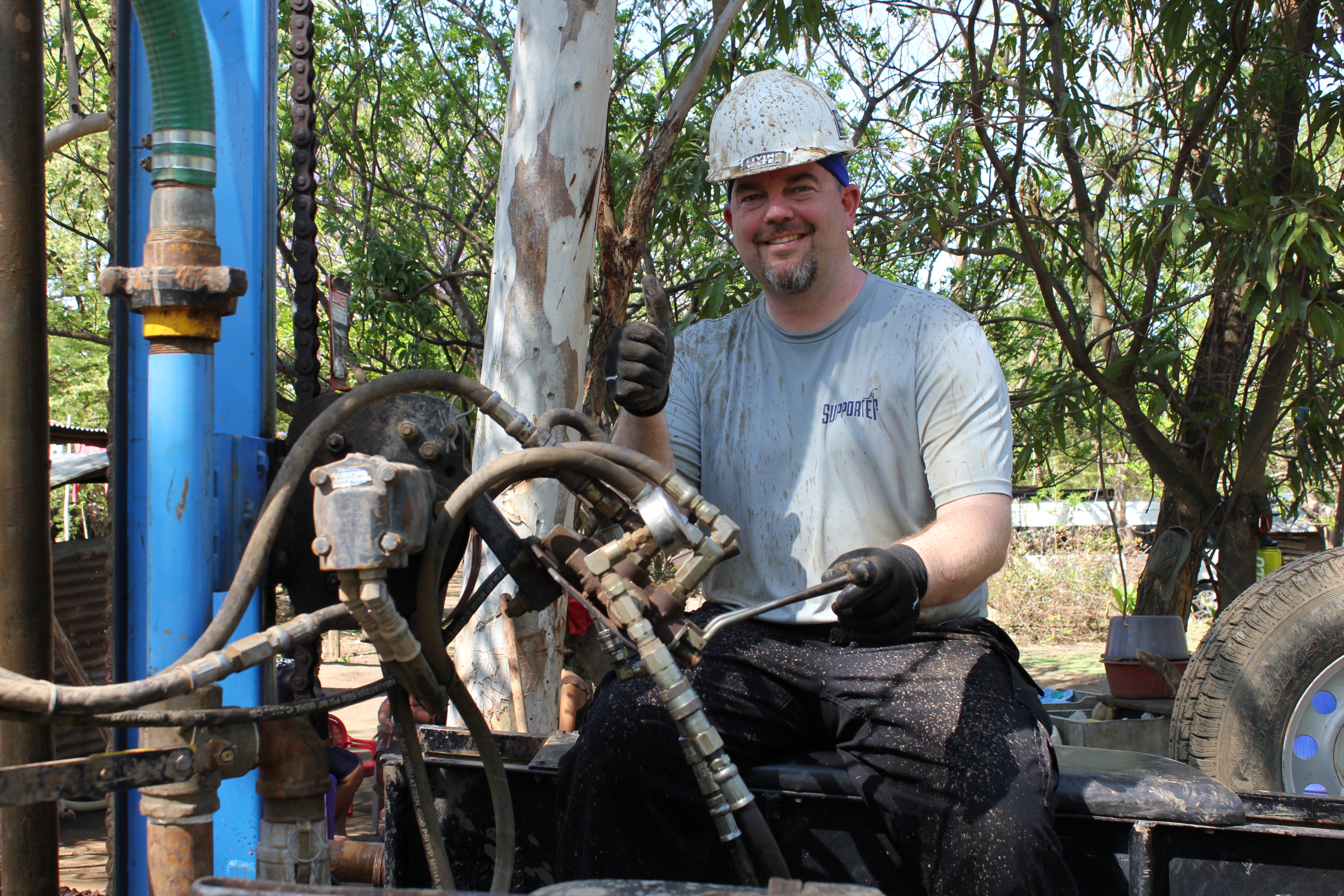by Genny Boots, News Writer
There is nothing as annoying to a millennial than a slow wireless network. Unfortunately at college campuses, thousands of young adults logging on with their computers, tablets, phones, printers and televisions puts a serious strain on networks.
At Pacific Lutheran University, the team that keeps it all running is the Information and Technology Services (ITS) Department. Tucked away in the Mortvedt Library under the “HELP” sign, this 25-person team is responsible for monitoring, updating and fixing any network problems.
The PLU network is split between two different connection points: one in the Mortvedt Library and the other in the Morken Center for Learning and Technology. ITS uses only two-wired routers on-campus, as opposed to the one home wireless router that many are used to. These routers go into every building on campus and create a network for that building.
“It creates a network for Tingelstad, and then that Tingelstad network has to exist everywhere,” ITS Network Manager Greg Briggs said. “Because people would be pretty upset if their Internet connection only worked when they were in Tingelstad.”
Access points throughout campus spread the network and allow for different devices to connect.
“It is what most people would think of as their home router. It’s the thing that has the radios in it that lets your device communicate,” Briggs said. “Your home router will actually send some information to the devices in your home and some information out to the Internet and ours just put your wireless device on the same network as all of the other devices.”
When there are too many people using a particular access point, it can slow down the system for everyone.
This spring semester there were many overlapping classes scheduled at the same time in Ramstad with more than one hundred people using the same access point. Briggs and his team rearranged the wires to put in another access point a few feet away and balanced the wireless across the building.
This type of maintenance work is vital to the health and reliability of the university’s network. ITS relies on the PLU community for reports of network problems.
“A lot of times we get calls, or a vague e-mail that comes and says ‘there’s a problem with the wireless’ and that’s the end of it. Unfortunately that just doesn’t do us a lot of good,” said Help Desk Specialist David Domask.
The Help Desk is available until 1 a.m. during the week and 10 p.m. on the weekends to answer these questions. They are also available nearly around the clock by email.
Usually what disrupts the network can be something as unassuming as a hair dryer. This is because of the two different broadband frequencies that wireless networks use. There is a 2.4 and 5.0 gigahertz spectrum that the network uses. Things like hair dryers, wireless printers and televisions and low-budget computers use this lower frequency network.
“In the lower spectrum the 2.4 gigahertz spectrum everything generates interference,” Domask said. “So someone pops on their hair dryer in the room next to you, suddenly there is an interference point between you and your access point.”
To get the best Internet connection, it is important to make sure that you are using the 5.0 gigahertz frequency, where there is not so much activity or noise. Apple products such as iPhones and Macintosh laptops already have dual band capabilities and due to recent changes, should automatically switch onto the faster, 5.0 gigahertz frequency.
The best Wi-Fi on campus is in the dorm rooms, where there is a guaranteed one-wired connection per bed. If it is possible to plug into the wired connection with an Ethernet cord, the Internet “is going to be the best. And we promise, the absolute best,” Domask said.
However, the best and simplest solution to any network problems is to just call.
“Really reports are essential,” Domask said.
By calling, e-mailing or physically speaking with a Help Desk staff member and answering a few quick questions, can help fix the problem much faster.
“Just knowing that there is a problem somewhere doesn’t really help,” Domask said. “We need to know where it is and there are a few tests we can run to help kind of get the scope of the problem.”
“It’s kind of like if you drop your car off at the mechanic and say ‘it’s had a problem for a while’ and then you just leave,” Biggs said.
The grumblings about slow Wi-Fi do not fall on deaf ears. The team at ITS works diligently, despite increasing network demands and falling budget allowance to deliver the best Internet services. But it takes the students, staff and faculty to report network problems to keep it running at full capacity.
“The more reports we get gives us a better idea of what’s going on and a better idea of where to look for the problem,” Domask said.
For any questions on what you can do to update your devices, get an Ethernet cord or how to get the best connection, contact the PLU Help Desk at 253-535-7525, helpdesk@plu.edu or at the Mortvedt library.


















